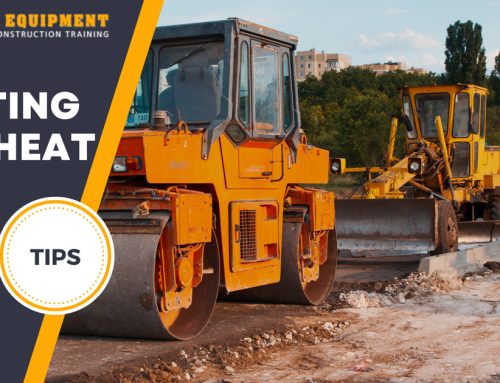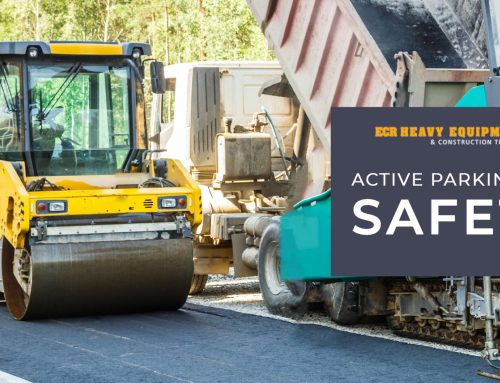The goal of a construction site is simple; get the job done. The only thing more important than that is doing so safely. A construction safety plan is the guide to ensure that it happens by being a set guideline that gets everyone on the same page. The US National Institute of Health says that injury rates in construction are 71% higher than injury rates across all industries on average, which makes your construction site safety plan of utmost importance.
First, let’s talk about what is included in a construction site safety plan.
- Policy or goals statement
- List of responsible persons
- Safety and emergency contact information
- Description of site condition and location
- Description of the project scope
- Hazard Identification
- Hazard controls and safe practices
These elements included in your plan will help you have a robust blueprint in place to keep your site safe.
While the outline elements will likely always be the same, the way they’re implemented can change from site to site. With this in mind, an important aspect of building your plan is flexibility. By having a flexible safety plan in place, it can be used repeatedly with slight changes to adapt to any situation your team faces.
While many people think of masks when they hear the term PPE, or Personal Protective Equipment, there is much more to it than that. Hard hats, eyewear, and earmuffs or plugs are all examples of PPE that both keep your team safe, and also show clients that you take your job seriously.
A hazard-free workplace is the aim of any construction site safety plan, so having specific worksite rules in place is key. Rules like designated smoking areas and specific break areas help to keep your crew safe on the job.
With construction being a dangerous job, while we are doing our best to avoid them, accidents do still happen. As part of your plan, emergency contact information is going to be immensely helpful. Whether located in the site office, or sent by email or text to each team member, a list of emergency contacts, but internal and external, should be readily available.








